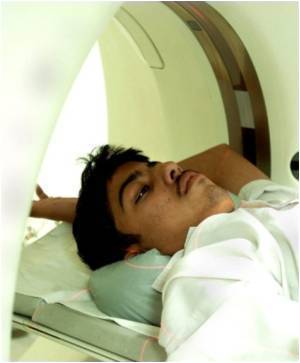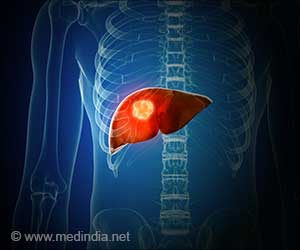In what is a new breakthrough, the next generation CT scanner can capture image of an entire organ in less than a second and track blood flow through the brain or to a tumor

It can create a detailed 3-D movie of an organ in real time, making it particularly useful for quickly diagnosing strokes and heart attacks, for example, where diagnostic speed can be a critical factor in survival and recovery.
Dr. Phil Evans and Michael Medina, assistant vice president for health system imaging services, oversaw the installation of the Aquilion One CT scanner.
Because the machine's technology can take continuous or intermittent images, UT Southwestern radiologists anticipate better visualization in neurology, trauma, whole body, lung, cardiac, vascular and pediatric studies. Other applications include providing distinctive capabilities in orthopaedic and joint studies, diagnosing renal function, and even vocal-cord analysis.
For patients, the new technology can mean less time in a scanner and less exposure to radiation, said Dr. Phil Evans, associate vice president for clinical imaging and professor of radiology.
Evans, who directs UT Southwestern's Clinical Imaging Services, said: "Dose has been a concern in the medical literature for a long time and people have been very concerned about it. One of the great things about this is that you can do a scan with about half the radiation dose and half the contrast media, so the dose is less and the image is better."
Advertisement
Aquilion One uses 320 high-resolution X-ray detectors in each rotation. What takes 12 to 15 seconds for other scanners to complete takes only about a third of a second for the 320-slice machine. Aquilion One can take images continuously or intermittently, allowing doctors to see the heart pumping, or blood or medication working through the vascular system.
Advertisement
Source-ANI








